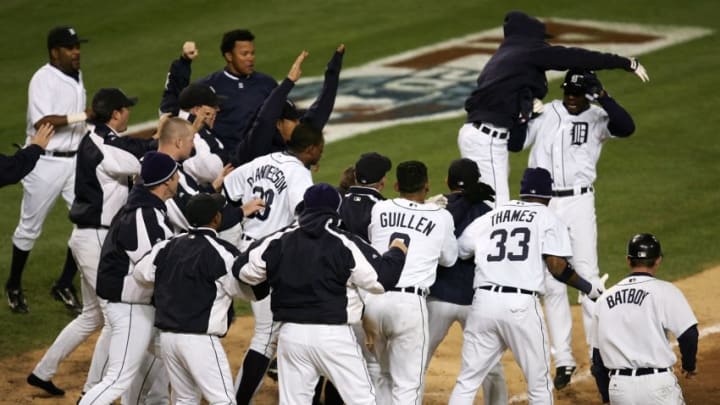
Ivan Rodriguez
‘Pudge’ as he was nicknamed, came to the Detroit Tigers as a free agent after the 2003 season. He endured himself to the Detroit faithful immediately, hitting .334 with 19 home runs in 2004. He was an All-Star, Gold Glove and Silver Slugger winner, and finished 10th in MVP voting.
Rodriguez went on to play four seasons in Detroit, hitting .298 with four All-Star game appearances and three gold glove awards. In 2006, Rodriguez slashed .300/.332/.447 with 13 home runs.
Rodriguez was eventually traded in the middle of the 2008 season to the Yankees for reliever Kyle Farnsworth.
He finished his career in 2011 as a 39-year-old member of the Washington Nationals.
Rodriguez was inducted into the Baseball Hall of Fame his first go around on the ballot in 2017. He received 76% of the vote, joining Jeff Bagwell and Tim Raines in the class of 2017.
Less than a month after his induction speech, Rodriguez was honored again. This time he was recognized as a Shadow representative by Puerto Rican Governor Ricardo Rossello. Essentially, this makes him like a congressmen for Puerto Rico, who is an unincorporated U.S. Territory.
